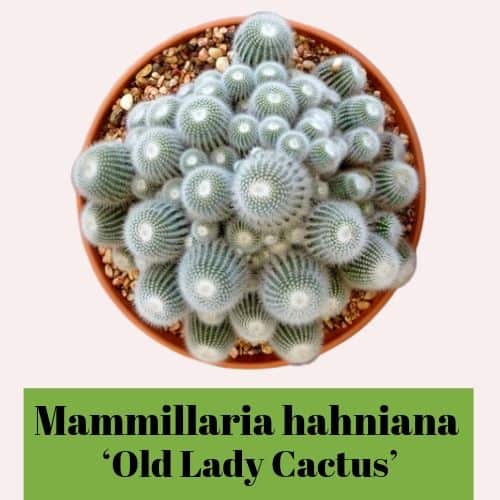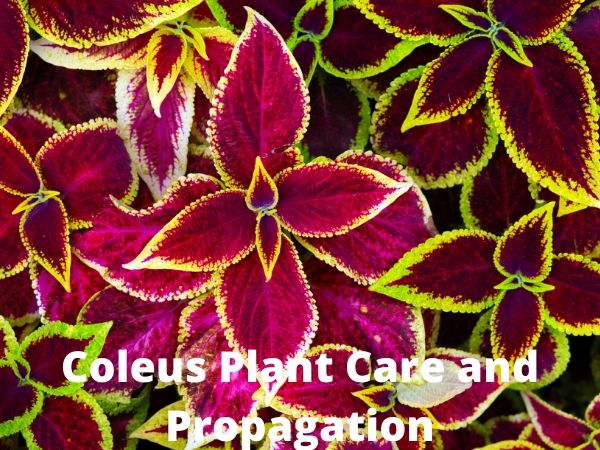Learning how and when to fertilize indoor plants can determine whether your plants survive or die. Under-fertilizing and over-fertilizing are some of the common problems that plant owners experience. Beginners tend to over-fertilize and damage their new plants. The good news is that if you identify the problem early enough you can remedy the situation and save your plant from dying. It’s therefore important to check on your plant frequently especially on the leaves for any signs that can indicate over or under-fertilizing.
When to Fertilize Indoor Plants
It’s good to note that fertilizing is necessary for all houseplants. Most people consider fertilizing immediately they get a new plant. They want the new plant to grow and thrive. We do have to ask ourselves when do we start fertilizing our plants?
It all depends on where you get your plant from. If you get a plant from a greenhouse most likely it was fertilized when it was established. However, it’s also good to note that some of the plants were established several months before they are bought.
Most greenhouses put a slow-release fertilizer in the soil when they first establish the plant. They could have used up all the nutrients in the planting soil over the cause of six to eight months.
How to Fertilize Indoor Plants
If you are tempted to fertilize your new plant right away, I would suggest using a very diluted complete liquid fertilizer. It can be an organic type such as fish emulsion or seaweed emulsion. There are many types of complete fertilizers from different companies.
The complete fertilizers have nitrogen, potassium, phosphorus, and other micronutrients which are super important for the plants.
Dilute the fertilizer heavily for the first few applications. I would recommend a quarter of a cupful or a quarter of a tablespoon to a gallon of water.
Fertilizing Repotted New Houseplant
Sometimes, repotting a new plant is necessary immediately or soon after purchasing it. The plant could already be too big for the nursery pot and needs a larger one. You could also be interested in putting the plant in a better and beautiful pot or container.
If you repot a new plant you should consider adding a soil amendment to the soil. Any type of compost that is sterile and that composts. An excellent example is worm casting (worm poop) that acts as a slow-release organic natural fertilizer.
The worm castings are good for all types of plants. I find that this type of fertilizer never burns the foliage.
If you do put compost in the soil you can still use a very diluted liquid fertilizer throughout the period that you’re fertilizing.
Fertilizing Indoor Plants by Season
Another important thing to consider when deciding when to fertilize your houseplants is the season. The general rule is that you fertilize your indoor plants or all plants during the growing season. Typically stop fertilizing in the Fall and start again in the Spring.
However, if you live in an area with tropical weather your plants might be growing all year long. Sometimes plant owners in non-tropical areas still have plants producing new growth after the growing season.
I don’t follow the fertilizing rule strictly. As long as the plant is growing, I think it needs its nutrients. You can fertilize every two weeks.
However, if you’re not sure of what you’re doing back off fertilizing during the winter. You could do more damage especially if you are over-watering it and your plants aren’t getting enough light it will lead to the decline of your plant. Under- fertilizing is better than over-fertilizing.
Types of Fertilizers for Indoor Plants
Learning about the different types of fertilizers available is also part of how and when to fertilize indoor plants. It’s helpful because you can choose the best one for your plants.
Organic Fertilizers
There are many types of organic fertilizers including worm castings, fish emulsion, bat guano, kelp, eggshells, compost tea, aquarium water, and plant extracts.
You can either buy these organic fertilizers or make them at home.
Chemical Fertilizers
Chemical fertilizers can either be complete balanced liquid fertilizers or slow release. When using chemical fertilizers, use a higher ration of nitrogen for foliage plants.
There are fertilizer sticks that you can use on your plants. One thing to note is that the sticks can get moldy.
There is also foliar spray which is also used on houseplants. I sometimes use foliar spray outside during the summer when I know it’s going to dry quickly. I’m very hesitant to spray a foliar fertilizer on plants inside when I just feel like it could lead to mold and in bacteria issues.
Fertilizing plants helps them remain healthy and look super good for a long period. Fertilizing houseplants after they start declining is probably the wrong time to start doing it. You should fertilize to maintain the health of the plant so when you see it looking healthy and pushing out new growth that’s the time to fertilize it.
Fertilizing is not meant to bring the plant back from the dead. I think by then it’s probably too late for your plant. If your plant is dying, you should probably propagate it rather than try to save it. The problem is usually all in the roots and if it’s a disaster at the roots the plants will most likely not live.
Different Fertilizers for Different Houseplants
There is a lot of literature on the different types of fertilizers for different plants. If you have a few plants or just one type of plant then you can consider the specific fertilizer which is best suited for the plants.
However, if you’re like me and have different types of plants then this approach can be overwhelming and costly. To avoid this, I just use fish emulsion and chelated iron for all the plants. I dilute it very heavily in a big huge watering can and just go around watering all the plants.
You don’t need all the millions of fertilizers being sold in the market. Dilute the fish emulsion to a quarter of the strength. Also, make sure you water your plants first before you add the fertilizer water.
This is, of course, my opinion and practice, please feel free to do you. Find out what works for you and your plants. Experimentation is the only way to find out what works and what doesn’t.
I don’t think you need to go and research each plant and what it likes the best. In reality, all plants get the same nutrients when growing out in the wild. I just assume that as long as they are getting all the nutrients they require; the plants will adapt to the fertilizer they receive.
Conclusion
Fertilizing your indoor plants can be as simple or as complicated as you want to make it. I like to simplify my routine so that taking care of my plants doesn’t become too complicated and overwhelming.
Check these related posts:
I hope you found this post on how and when to fertilize indoor plants useful. If so please, share it and also follow me on Pinterest for more useful posts on plants, flowers, and succulents.








